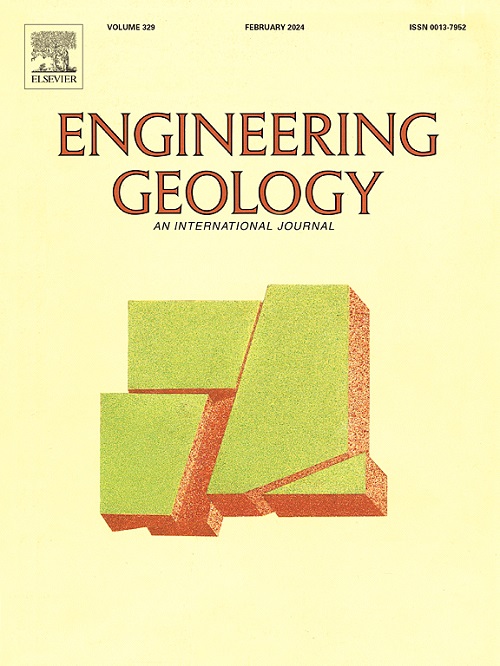Evolutionary characteristics and correlations between deformation energy and strain in anthracite coal during stress wave-induced catastrophes
IF 6.9
1区 工程技术
Q1 ENGINEERING, GEOLOGICAL
引用次数: 0
Abstract
Understanding the deformation evolution process, as well as the energy storage and transformation behavior of coal under the influence of stress waves, is essential to promote technological progress and safety improvement in mining, underground engineering, and energy utilization. With the SHPB system, dynamic impact tests were conducted on anthracite coal under varying impact loads in this study. The deformation parameter characteristics of anthracite coal were examined regarding the storage and transformation patterns of deformation energy. Further analysis was performed on the attenuation laws of stress waves in the time and frequency domains. Besides, the correlation characteristics of strain and deformation energy in the stress wave disaster-causing mechanism were investigated, revealing that maximum and residual strain exhibited a notable linear relationship with impact load, with growth rates of 0.209 % and 0.212 %, respectively. Parameters求助全文
约1分钟内获得全文
求助全文
来源期刊

Engineering Geology
地学-地球科学综合
CiteScore
13.70
自引率
12.20%
发文量
327
审稿时长
5.6 months
期刊介绍:
Engineering Geology, an international interdisciplinary journal, serves as a bridge between earth sciences and engineering, focusing on geological and geotechnical engineering. It welcomes studies with relevance to engineering, environmental concerns, and safety, catering to engineering geologists with backgrounds in geology or civil/mining engineering. Topics include applied geomorphology, structural geology, geophysics, geochemistry, environmental geology, hydrogeology, land use planning, natural hazards, remote sensing, soil and rock mechanics, and applied geotechnical engineering. The journal provides a platform for research at the intersection of geology and engineering disciplines.
 求助内容:
求助内容: 应助结果提醒方式:
应助结果提醒方式:


